Dihydrouracil

Dihydrouracil structure
|
Common Name | Dihydrouracil | ||
|---|---|---|---|---|
| CAS Number | 504-07-4 | Molecular Weight | 114.103 | |
| Density | 1.6±0.1 g/cm3 | Boiling Point | 337.0±25.0 °C at 760 mmHg | |
| Molecular Formula | C4H6N2O2 | Melting Point | 279-281 °C(lit.) | |
| MSDS | N/A | Flash Point | 208.5±12.4 °C | |
Use of Dihydrouracil5,6-Dihydrouracil is an intermediate breakdown product of uracil. |
| Name | 5,6-dihydrouracil |
|---|---|
| Synonym | More Synonyms |
| Description | 5,6-Dihydrouracil is an intermediate breakdown product of uracil. |
|---|---|
| Related Catalog | |
| Target |
Human Endogenous Metabolite |
| Density | 1.6±0.1 g/cm3 |
|---|---|
| Boiling Point | 337.0±25.0 °C at 760 mmHg |
| Melting Point | 279-281 °C(lit.) |
| Molecular Formula | C4H6N2O2 |
| Molecular Weight | 114.103 |
| Flash Point | 208.5±12.4 °C |
| Exact Mass | 114.042931 |
| PSA | 58.20000 |
| LogP | -1.83 |
| Vapour Pressure | 0.0±1.7 mmHg at 25°C |
| Index of Refraction | 1.649 |
| InChIKey | OIVLITBTBDPEFK-UHFFFAOYSA-N |
| SMILES | O=C1CCNC(=O)N1 |
| Precursor 7 | |
|---|---|
| DownStream 8 | |
| HS Code | 2933599090 |
|---|---|
| Summary | 2933599090. other compounds containing a pyrimidine ring (whether or not hydrogenated) or piperazine ring in the structure. VAT:17.0%. Tax rebate rate:13.0%. . MFN tariff:6.5%. General tariff:20.0% |
|
Metabolomic profiles delineate potential role for sarcosine in prostate cancer progression.
Nature 457(7231) , 910-4, (2009) Multiple, complex molecular events characterize cancer development and progression. Deciphering the molecular networks that distinguish organ-confined disease from metastatic disease may lead to the i... |
|
|
Detection of autosomal dominant polycystic kidney disease by NMR spectroscopic fingerprinting of urine.
Kidney Int. 79(11) , 1244-53, (2011) Autosomal dominant polycystic kidney disease (ADPKD) is a frequent cause of kidney failure; however, urinary biomarkers for the disease are lacking. In a step towards identifying such markers, we used... |
|
|
Aberrant repair initiated by mismatch-specific thymine-DNA glycosylases provides a mechanism for the mutational bias observed in CpG islands.
Nucleic Acids Res. 42(10) , 6300-13, (2014) The human thymine-DNA glycosylase (TDG) initiates the base excision repair (BER) pathway to remove spontaneous and induced DNA base damage. It was first biochemically characterized for its ability to ... |
| dihydropyrimidine-2,4(1H,3H)-dione |
| T6MVMVTJ |
| EINECS 207-982-1 |
| Dihydrouracil |
| 2,4(1H,3H)-Pyrimidinedione, dihydro- |
| 5,6-DIHYDROURACIL |
| Dihydro-2,4(1H,3H)-pyrimidinedione |
| 1,3-diazinane-2,4-dione |
| MFCD00006029 |
 CAS#:66-22-8
CAS#:66-22-8 CAS#:57294-38-9
CAS#:57294-38-9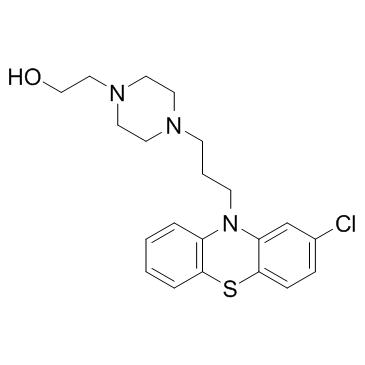 CAS#:58-39-9
CAS#:58-39-9 CAS#:110-14-5
CAS#:110-14-5 CAS#:51-21-8
CAS#:51-21-8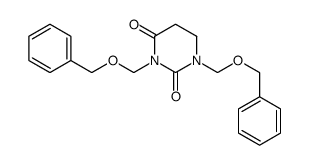 CAS#:75500-05-9
CAS#:75500-05-9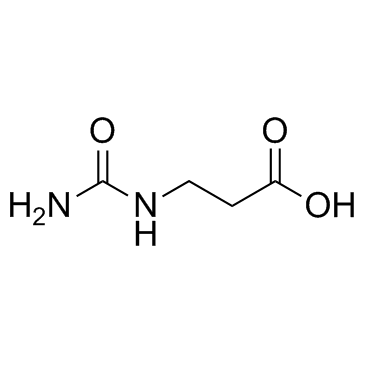 CAS#:462-88-4
CAS#:462-88-4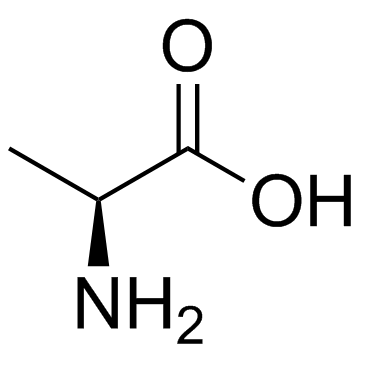 CAS#:56-41-7
CAS#:56-41-7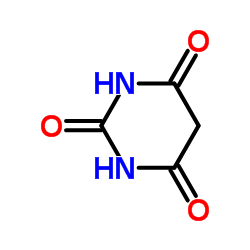 CAS#:67-52-7
CAS#:67-52-7 CAS#:57-13-6
CAS#:57-13-6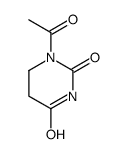 CAS#:65179-43-3
CAS#:65179-43-3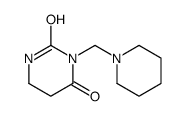 CAS#:89003-37-2
CAS#:89003-37-2
